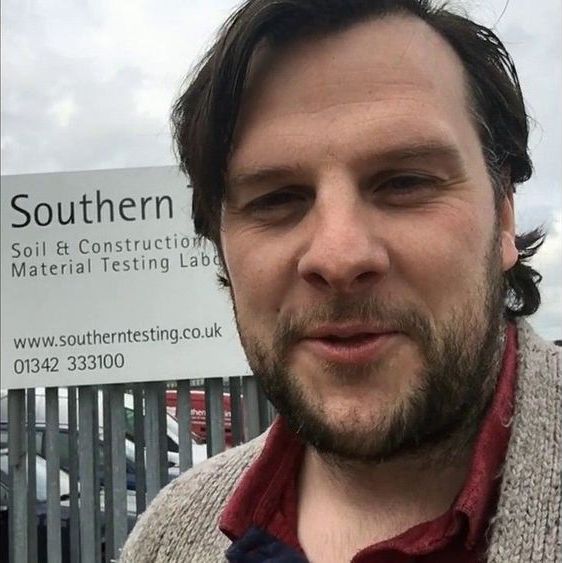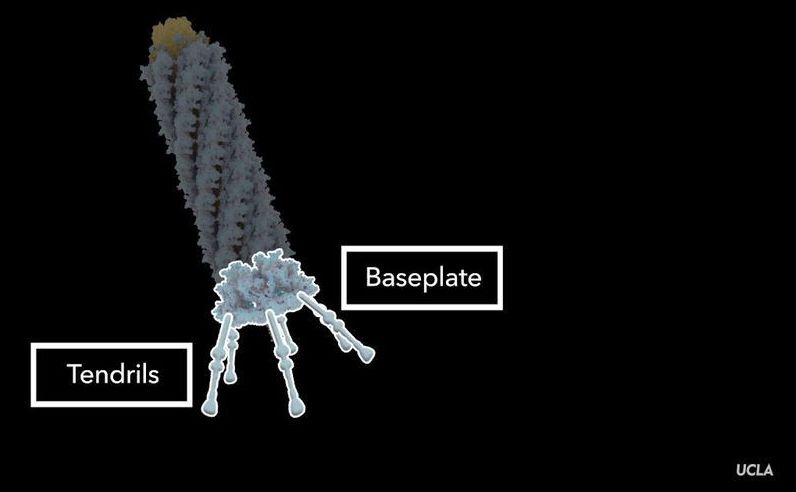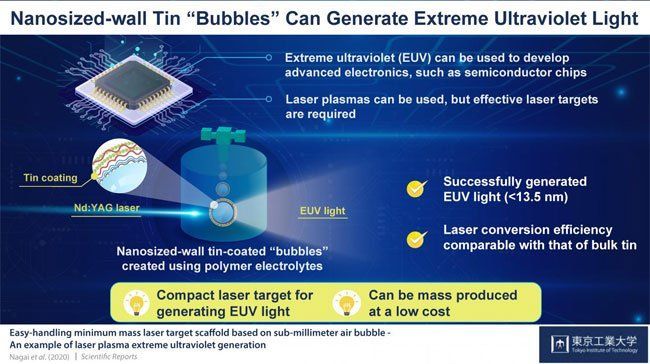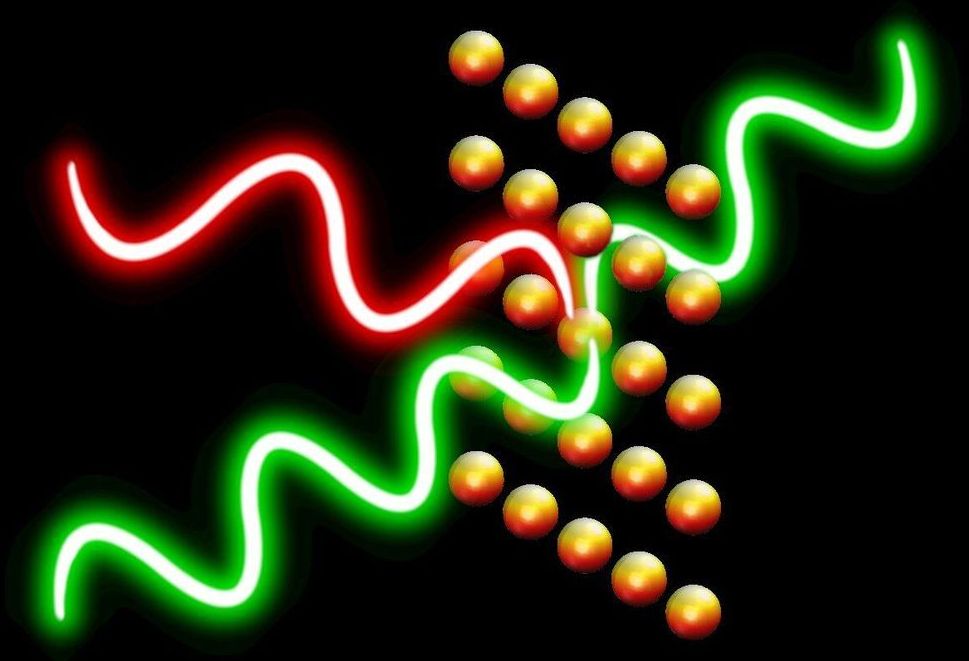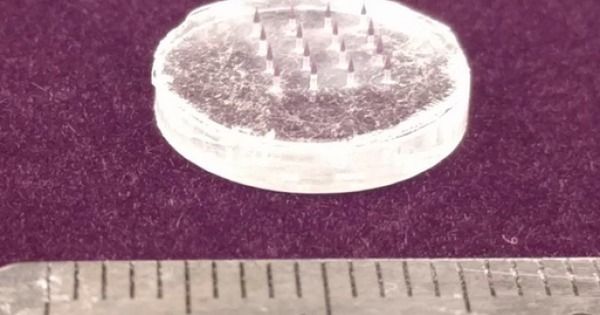Apr 20, 2020
New Way To Levitate Objects Discovered
Posted by Quinn Sena in categories: engineering, nanotechnology, quantum physics
O,.o circa 2007.
Theoretical physicists at the University of St. Andrews have created ‘incredible levitation effects’ by engineering the force of nature which normally causes objects to stick together by quantum force. By reversing this phenomenon, known as ‘Casimir force’, the scientists hope to solve the problem of tiny objects sticking together in existing novel nanomachines.
Professor Ulf Leonhardt and Dr Thomas Philbin of the University’s School of Physics & Astronomy believe that they can engineer the Casimir force of quantum physics to cause an object to repel rather than attract another in a vacuum.
Casimir force (discovered in 1948 and first measured in 1997) can be demonstrated in a gecko’s ability to stick to a surface with just one toe. However, it can cause practical problems in nanotechnology, and ways of preventing tiny objects from sticking to each other is the source of much interest.

